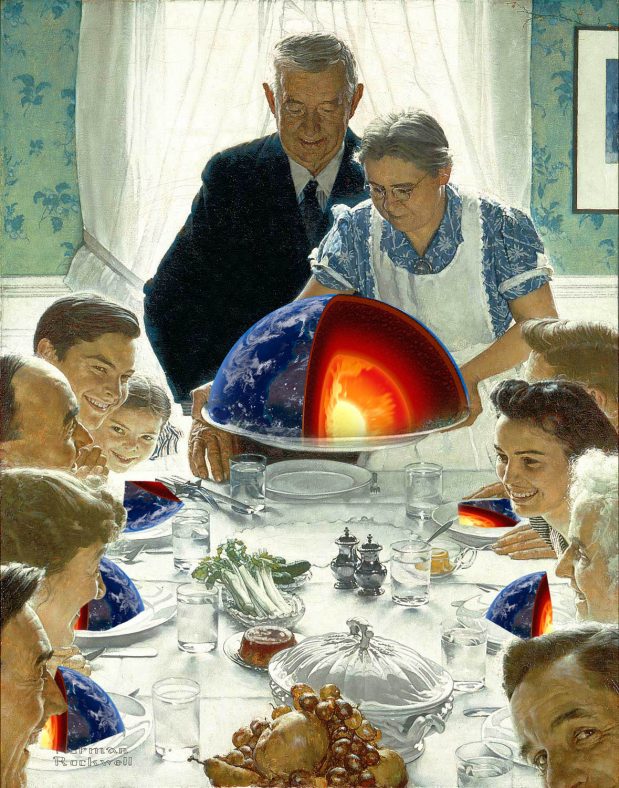the (w)holi(e)ness of aesthetics
Sean Cubitts comment on aesthetics have been haunting me and it raised a lot of questions. Why did he want to turn to aesthetics and what is its relation to media and environment? He said that an aesthetics approach must consider both, the sustainability of material practice of media and a movement through communication as a means towards communication as goal. Also he mentioned that engineering and design in media industry are in demanding spiral of neoliberal growth.
Aesthetics are entangled in every scope of spectrum in human life. Markets in media industry are definitely aesthetics-driven. In media the content and majority of media devices are filled with aesthetic experiences and are created as a response to the need of them. Aesthetics is a value which we all quite blindly follow. Our need to aesthetics is so valued that it seems like a human right. Commercial trends are based on aesthetics and can anyone honestly say that have made a decision based only, purely on sustainability in any case? That the aesthetics wouldnt affect at all to the choice of consume? Is good conscience an aesthetic experience? Can we forgo of our need to value aesthetics? And does it always mean ugliness of another?
climate change and reductions in biodiversity arise from industrial rhythms that are out of alignment with those of the earth, a media geology of plastic thus forms a critique of the unsustainable, and ultimately self-destructive, speeds of contemporary capitalism
Obviously we value efficiency and speed in practical way but could we think of rhythm and speed aesthetically? Is efficiency an aesthetic choice? What is ugly when it comes to speed? Can you affect on the aesthetics with art or design or is it subjectively unchangeable?
What are we willing to sacrifice in the altar of aesthetics as an artist, a designer or a consumer?








